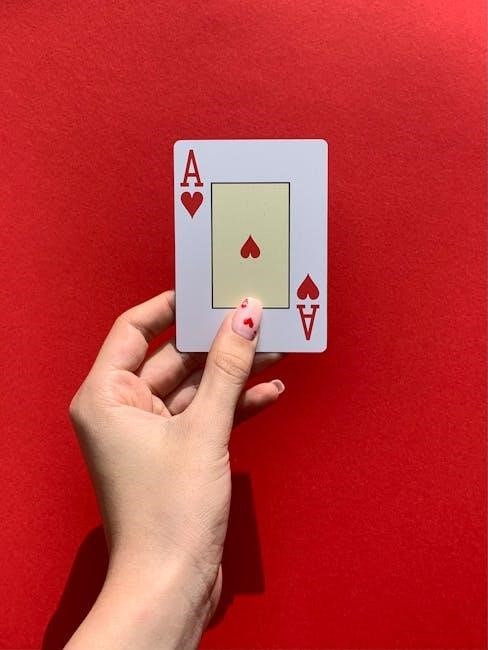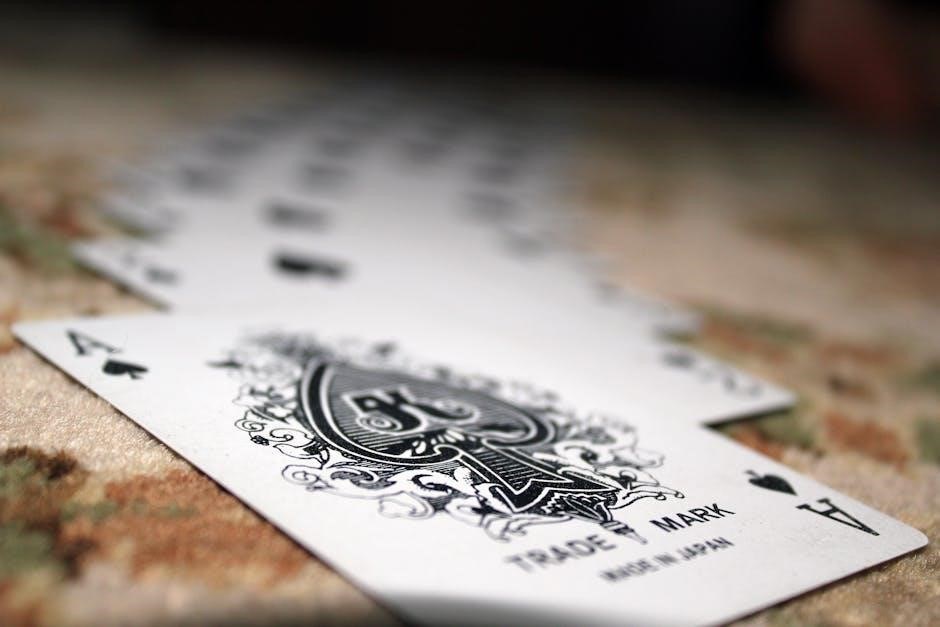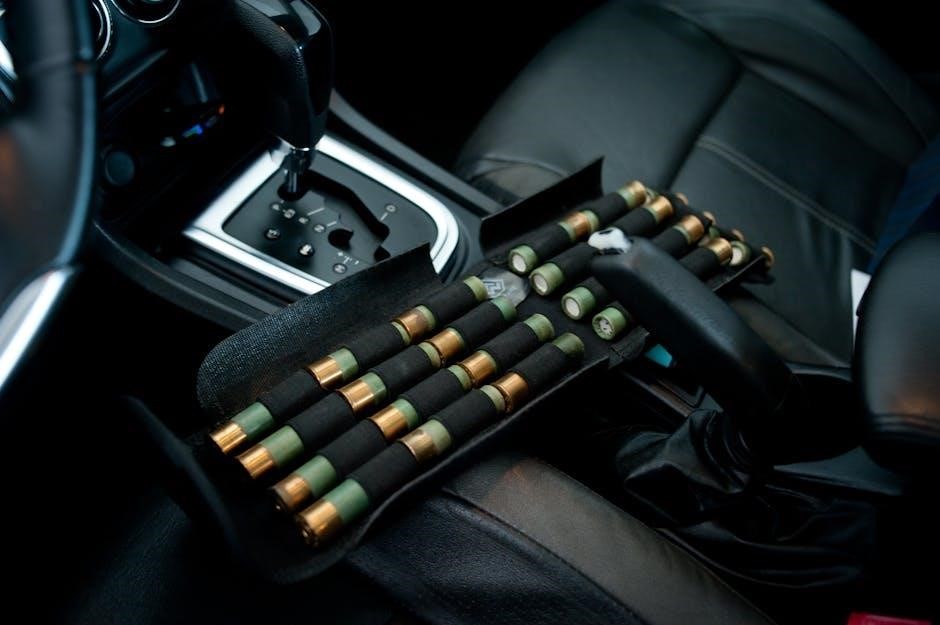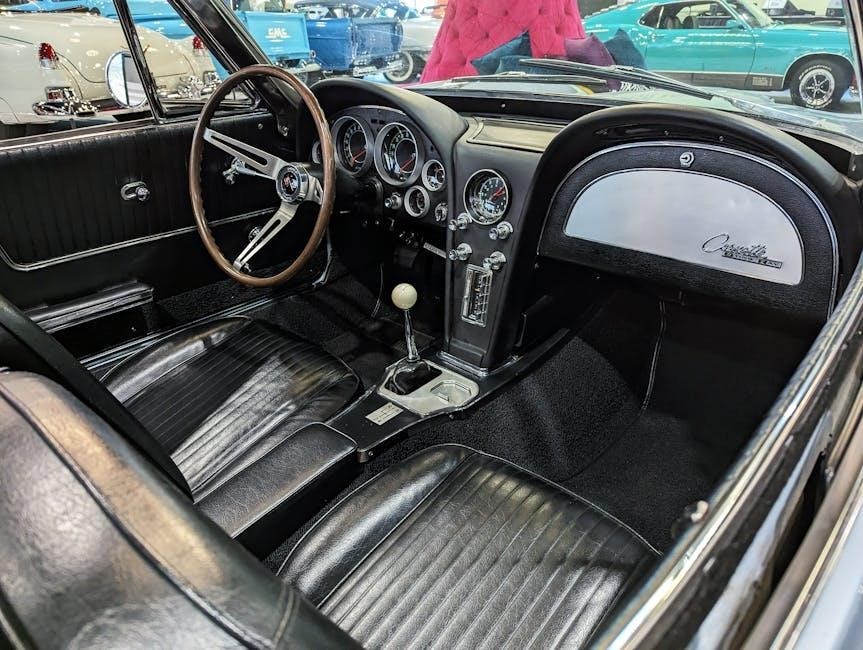Pit is a fast-paced card game where players simulate open-outcry commodity trading. Introduced by Parker Brothers in 1904, it challenges players to corner the market on specific commodities through strategic trades.

History of the Pit Card Game
Pit, a classic card game, was first introduced in 1904 by Parker Brothers, a renowned American game company. Inspired by the Chicago Board of Trade and the US Corn Exchange, it was designed to simulate the excitement of open-outcry commodity trading. The game’s concept was influenced by Gavitt’s Stock Exchange, a similarly themed game from 1903. Initially, the deck consisted of 63 cards, featuring 9 cards each for 7 commodities, with values ranging from 40 for Flax to 100 for Wheat. Over the years, Pit gained popularity for its fast-paced, chaotic gameplay, making it a staple in family and party settings. Today, the game is owned by Hasbro and remains a beloved choice for players seeking lively, strategic fun. Its enduring appeal lies in its simplicity and the energetic interactions it fosters among players.

Setup and Equipment
Pit requires a 74-card deck, including 8 suits of 9 cards each, plus Bull and Bear cards. A silver bell and a dealer are essential for setup, with cards shuffled and distributed evenly among players.
3.1. Number of Players
Pit is designed for 3 to 8 players, making it a versatile and dynamic game for various group sizes. The number of players directly impacts the number of suits used, with each player receiving an equal number of cards. For example, with 3 players, only 3 suits are used, while all 8 suits are utilized with 8 players. This scalability ensures the game remains balanced and engaging, regardless of the number of participants. The simultaneous trading mechanism allows everyone to interact actively, fostering a lively and competitive atmosphere. Whether with a small group or a larger gathering, Pit adapts seamlessly, maintaining its fast-paced and energetic nature.
3.2. Deck Composition
The Pit deck consists of 74 cards, including 8 suits of 9 cards each, representing different commodities such as Wheat, Oats, and Flax. Each suit contains cards numbered from 1 to 9, with values ranging from 40 to 100 points. Additionally, the deck includes two special cards: the Bull and the Bear, which play unique roles in scoring. The commodities are the core focus of the game, with players aiming to collect complete sets of these cards. The deck is specifically designed to simulate the excitement of commodity trading, with each card contributing to the fast-paced and strategic nature of the game. This unique composition ensures that every hand is dynamic and full of opportunities for clever trades and strategic moves.
3.3. Dealing the Cards
To begin, the dealer shuffles the 74-card deck and distributes nine cards to each player, ensuring an equal start for all. The number of suits used depends on the number of players: three suits for three players, up to seven suits for seven players. The remaining cards are placed face down in a central pile. A silver bell is positioned in the middle of the playing area. Once all players have their cards, they are given a brief period to organize their hands. The dealer then rings the bell to signal the start of trading. This marks the official beginning of the game, and players can start negotiating trades immediately. The dealing process is straightforward, ensuring the game starts quickly and fairly for everyone involved.

Rules of the Game
Pit involves quick thinking and loud trading to corner the market on commodities. Players must trade cards strategically, adhering to rules about suit matching and trade announcements.
4.1. Objective
The primary objective of Pit is to be the first player to corner the market on a specific commodity by collecting all nine cards of that commodity. Players achieve this by trading cards with others, aiming to gather a complete set. The game emphasizes simultaneous play, with all players trading at the same time, creating a chaotic yet exhilarating atmosphere. Once a player collects nine identical commodity cards, they must immediately ring the bell and announce their achievement to win the round. Points are awarded based on the value of the commodity, with the goal of reaching 500 points to win the entire game. The Bull card adds a strategic layer, allowing players to score higher points. The game restarts after each round, ensuring continuous and fast-paced action.
4.2. Trading Mechanics
In Pit, trading is conducted through open outcry, where players simultaneously attempt to exchange cards. Players shout the number of cards they wish to trade (e.g., “One! One!” or “Three! Three!”), without revealing the suit. Trades must involve cards of the same commodity, and players can trade up to four cards at a time. If another player yells the same number, a trade is made, and the cards are exchanged. The Bear and Bull cards can be used as wildcards to replace any single card in a trade. Players can alter the number of cards they are trading to match others, fostering dynamic and chaotic interactions. The goal is to strategically trade to complete a set while disrupting opponents’ efforts. This fast-paced mechanic ensures constant action and excitement.
4.3. Completing the Set
Completing a set in Pit involves gathering all nine cards of a single commodity. Players must strategically trade to collect these cards while avoiding revealing their target commodity. Once a player has all nine cards, they ring the bell and declare the commodity they’ve cornered. This action immediately ends the round, and the player scores points based on the commodity’s value. If a player holds the Bull card, they can complete a set with only eight cards of a commodity, increasing their scoring potential. The game continues until a player reaches 500 points, making completing sets a crucial objective for victory. This mechanic adds a layer of strategy, as players must balance trading aggressively with protecting their progress toward completing a set.
4.4. Scoring System
The scoring system in Pit rewards players for successfully cornering the market on a commodity; Each commodity card has a specific point value, ranging from 40 points for Flax to 100 points for Wheat. When a player completes a set by collecting all nine cards of a commodity, they score points equal to the value of that commodity. If a player holds the Bull card, they can score the full points with only eight cards of a commodity, adding a strategic layer to the game. The game continues until a player reaches a total of 500 points, making the scoring system both competitive and rewarding. This mechanism ensures that players must balance short-term gains with long-term strategies to achieve victory. The scoring system is straightforward yet impactful, driving the game’s fast-paced and dynamic nature.
Gameplay Mechanics
Pit involves fast-paced trading where players exchange cards to collect nine of the same commodity. The game starts with the bell, and players trade simultaneously, creating chaotic yet thrilling gameplay.
5.1. Trading Process
In Pit, the trading process begins immediately after the dealer rings the bell. Players simultaneously attempt to exchange cards by shouting the number of cards they wish to trade. For example, a player might yell, “One!” to indicate they want to trade one card. Other players who possess the same number of cards of the same commodity can respond by yelling the same number, facilitating a trade. Trades must involve cards of the same suit, and players cannot reveal the specific commodity they are trading. This chaotic yet structured system ensures rapid exchanges, with the goal of collecting nine identical cards to corner the market. The simultaneous nature of trading adds to the game’s excitement and strategic depth.
5.2. Completing a Set
Completing a set in Pit involves collecting all nine cards of a specific commodity. Once a player achieves this, they must immediately ring the bell and declare the commodity they have cornered. This action halts all trading, and the round ends. The player earns points based on the value of the commodity they cornered, with values ranging from 40 for Flax to 100 for Wheat. If a player holds the Bull card while cornering a commodity, they can score additional points. The goal is to accumulate 500 points to win the game. This mechanism ensures that players must balance strategic trading with quick thinking to complete sets before others. The excitement lies in the race to collect and declare a full set, adding to the game’s fast-paced nature.
5.3. Winning the Game
To win in Pit, a player must be the first to accumulate 500 points by cornering the market on commodities. Points are earned based on the value of the commodity cornered, with Wheat being the highest at 100 points and Flax the lowest at 40. If a player holds the Bull card while cornering a commodity, they can score additional points. The game concludes when a player reaches or exceeds the 500-point threshold, making them the winner. This scoring system adds a strategic layer, as players must not only complete sets but also maximize their points through high-value commodities. The race to 500 points ensures constant competition and excitement, making Pit a thrilling experience for all players involved. The game’s conclusion is clear and decisive, with no room for ties or further play once the target is met.
5.4. Special Cards
The Pit deck includes two unique cards that add strategic depth: the Bull and Bear cards. The Bull card allows a player to score bonus points when they nearly corner a commodity, while the Bear card penalizes players for failing to complete a set. These cards introduce risk and reward dynamics, as players must decide when to use them effectively. The Bull card can significantly boost scores, especially for high-value commodities like Wheat, but the Bear card can hinder progress if not managed wisely. Both cards are integral to the game’s strategy, offering opportunities for clever plays and unexpected twists. Their inclusion ensures that players must balance risk and caution, adding layers of complexity to the gameplay experience. These special cards are a hallmark of Pit’s unique design and keep players on their toes.

Strategies and Tips
Mastering Pit requires understanding market dynamics, timing trades, and managing resources effectively. Players must balance risk and strategy to outmaneuver opponents and secure commodities efficiently.
6.1. Understanding the Market
Understanding the market in Pit is crucial for success. Players must recognize the value hierarchy of commodities, with Wheat being the most valuable and Flax the least. This knowledge helps prioritize trades and identify opportunities. Observing other players’ behaviors can reveal their strategies, allowing you to anticipate their moves. Timing is key; trading aggressively early can corner the market, while patience may uncover better deals. Balancing risk and caution ensures strategic advancement. Mastering these dynamics enhances gameplay and increases chances of winning.
6.2. Effective Trading Strategies
Effective trading strategies in Pit involve mastering the art of negotiation and timing. Players should focus on collecting high-value commodities first, as they yield more points. Timing trades during the game’s chaotic pace is crucial, as it allows players to gain an advantage. Diversifying trades by engaging with multiple players increases the chances of acquiring needed cards. Additionally, using special cards like the Bull and Bear strategically can disrupt opponents or secure a corner. Players should also pay attention to others’ trading patterns to anticipate their needs. By combining aggression with calculated risk, players can dominate the market and achieve victory. These strategies require quick thinking and adaptability, making Pit a thrilling experience for all involved.

Variations of the Game
Pit offers variations to enhance gameplay, such as Basic and Advanced play. Players can modify rules, like restricting trades or limiting rounds, to suit their preferences and experience levels.
7.1. Basic vs. Advanced Play
The Pit Card Game can be played in two versions: Basic and Advanced. The Basic version simplifies the rules, allowing players to trade any number of cards without restrictions, making it accessible for newcomers. In Advanced play, special cards like the Bull and Bear are introduced, adding strategic depth. Players must trade cards of the same commodity and can use these special cards to disrupt opponents or enhance their own chances of completing a set. Advanced play requires a deeper understanding of the game and strategic planning, making it more challenging and rewarding for experienced players.
7.2. House Rules and Modifications
House rules and modifications allow players to customize the Pit Card Game, enhancing its replayability. Common modifications include limiting the number of trades per round or introducing “silent trading,” where players must gesture instead of speaking. Some groups add unique penalties or rewards for specific card combinations. For example, the Bull and Bear cards can be used to double or halve points for a completed set. Other modifications might restrict trading to certain commodities or impose time limits for completing sets. These variations keep the game fresh and tailored to the preferences of the players. By experimenting with different rules, the game remains dynamic and engaging for both casual and experienced players.
Cultural Impact and Legacy
Pit has left a lasting mark on board game culture, inspiring countless variations and remaining a beloved classic for over a century. Its chaotic yet engaging gameplay continues to entertain families and enthusiasts alike, ensuring its legacy as a pioneering trading game.
8.1. Historical Significance
The Pit card game holds a notable place in gaming history, first introduced by Parker Brothers in 1904. It was inspired by the chaotic trading floors of the Chicago Board of Trade, often referred to as “the Pit,” and the US Corn Exchange. The game’s design was influenced by Gavitt’s Stock Exchange, another popular game of the time, and quickly gained popularity for its unique blend of strategy and excitement. By simulating commodity trading, Pit offered players a thrilling experience that mirrored real-world markets. Its enduring appeal led to various editions and adaptations, cementing its status as a classic in the world of card games.
8.2. Modern Reception
Pit remains a beloved game in modern times, cherished for its fast-paced action and chaotic yet strategic gameplay. Its simple rules and loud, interactive nature make it a favorite at family gatherings and parties. The game’s ability to engage players of all ages has kept it relevant, with many praising its timeless appeal. The Deluxe version by Winning Moves continues to attract new players, while vintage editions are sought after by collectors. Online reviews highlight its entertainment value, with many describing it as a perfect blend of fun and strategy. Despite its origins in the early 20th century, Pit continues to captivate audiences, proving its enduring legacy as a classic card game.
Pit is a timeless and engaging card game that offers a unique blend of strategy and chaos. Its fast-paced nature and interactive gameplay make it a favorite among families, friends, and even casual gamers. With its origins rooted in the early 20th century, the game has evolved over the years while retaining its core appeal. Players of all ages can enjoy the thrill of cornering the market and the excitement of simultaneous trading. Whether played in its basic form or with advanced strategies, Pit guarantees hours of entertainment. Its enduring popularity is a testament to its simple yet dynamic design, ensuring it remains a beloved classic in the world of card games. For those seeking a lively and unpredictable experience, Pit is an excellent choice for any gathering.































